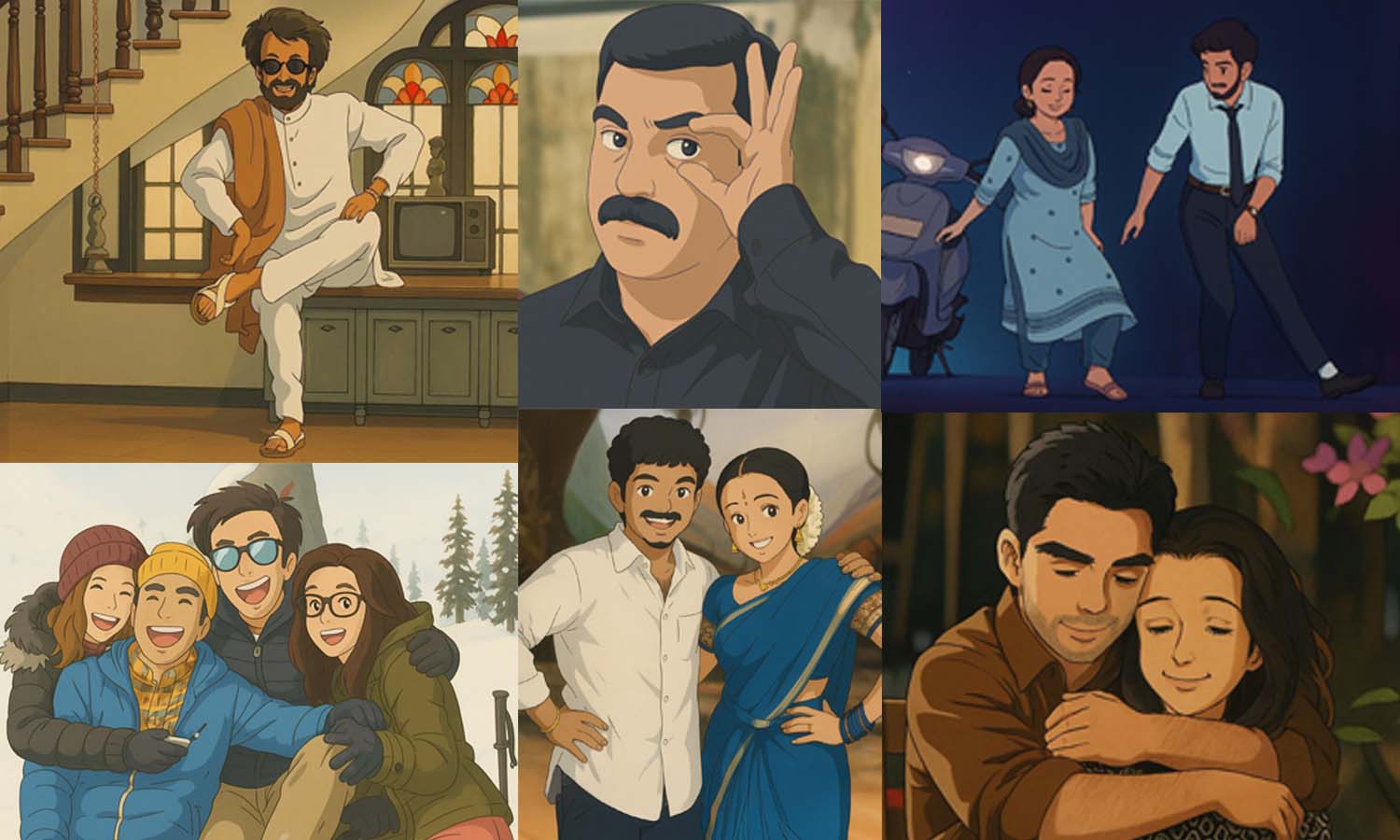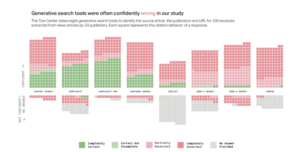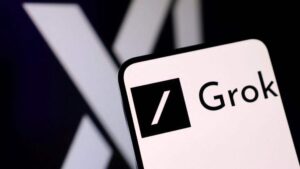Creative Integrity: Navigating Innovation and Ethics

The Rise of AI in Art: Creativity, Ethics, and Concerns
Introduction to AI in Art
The recent advancements in artificial intelligence (AI) have sparked vibrant discussions about its role in the creative arts. Unlike traditional tools, AI models are now actively influencing content creation, leading to a blend of excitement and concern in the artistic community. One key development has been the emergence of AI-generated images that mimic the distinctive style of Studio Ghibli, a renowned Japanese animation studio. However, this trend raises questions about creativity, ethical considerations, and underlying motives.
The Grok Chatbot Phenomenon
AI Conversational Competence
The Grok chatbot has gained significant popularity due to its ability to respond accurately and spontaneously to queries. Users often turn to Grok to verify information, including statements made by public figures. By employing a method known as Retrieval Augmentation, Grok can quickly access the internet to provide answers, which makes it appealing for those seeking factual insight. However, the increase in usage also highlights potential issues surrounding data privacy as Grok collects user data to enhance its performance.
Conflict in the Artistic Community
Concerns Raised by Artists
As AI becomes more entrenched in the creative process, many artists are voicing strong objections to its usage. Notable figures, like Hayao Miyazaki, co-founder of Studio Ghibli, have publicly criticized AI in art. In a resurfaced video, Miyazaki referred to AI’s influence as “an insult to life” and expressed his refusal to use it in his work. This perspective resonates with many artists who find AI-generated images a trivialization of the artistic process, which traditionally requires extensive time and effort.
Environmental Impact
The environmental implications of AI technology are another point of contention. Generating AI images requires significant energy, contributing to a notable carbon footprint. Experts in the tech field warn that every time an AI-generated image is created, it may exacerbate existing environmental challenges. Concerns regarding sustainability have prompted some individuals to reconsider their involvement in AI trends.
The Ethical Debate
Privacy and Data Usage
With the rise of AI applications, privacy concerns are increasingly relevant. Critics argue that many AI systems, including those for image generation, may exploit user data for their advantage. Transparency around data usage is essential to address these concerns. Users must be aware of how their data is stored and processed and should maintain control over their personal information. Striking a balance between innovation and user privacy is crucial for building trust in AI technologies.
Intellectual Property Issues
Artists also worry about their intellectual property rights in relation to AI-generated content. There is an ongoing debate about whether AI art constitutes genuine creativity or merely mimics existing styles. It is essential to establish regulations that protect original creators and ensure they receive appropriate credit and compensation for their work. Advocates suggest that updating copyright laws could help address these issues, highlighting the importance of maintaining artistic integrity.
Navigating the Future of AI and Art
Coexistence of AI and Human Creativity
Developers and artists alike are exploring ways in which AI can complement human creativity rather than replace it. Many believe that as long as AI is designed with empathy and transparency in mind, it can serve as a valuable assistant that enhances the creative process. This perspective emphasizes the importance of collaborative rather than competitive interactions between AI and human creators.
Encouraging Responsible Innovation
While AI holds great potential for innovation, it must be approached with caution. Establishing strict guidelines and ethical frameworks could encourage responsible AI development. A clear understanding of AI’s limitations and possibilities can help users navigate this evolving landscape, ensuring that technology empowers rather than diminishes human creativity.
Artists’ Voices on AI Influence
Mixed Reactions from the Community
From personal experiences, many artists express conflicting feelings toward AI’s role in art. Some fear that the rush to adopt AI-generated visuals may lead to a dilution of artistry and emotional connection in creative works. Others, however, see potential in using AI to explore new dimensions in their craft. This duality reflects the complex relationship between traditional artistry and emerging digital technologies, making it vital for all parties involved to engage in transparent dialogues about the future.
Importance of Critical Engagement
In light of these developments, ongoing conversations around the ethical, environmental, and creative aspects of AI in art are essential. Engaging critically with AI tools and considering their broader societal implications will contribute to a more informed and responsible use of technology in the creative realm.






